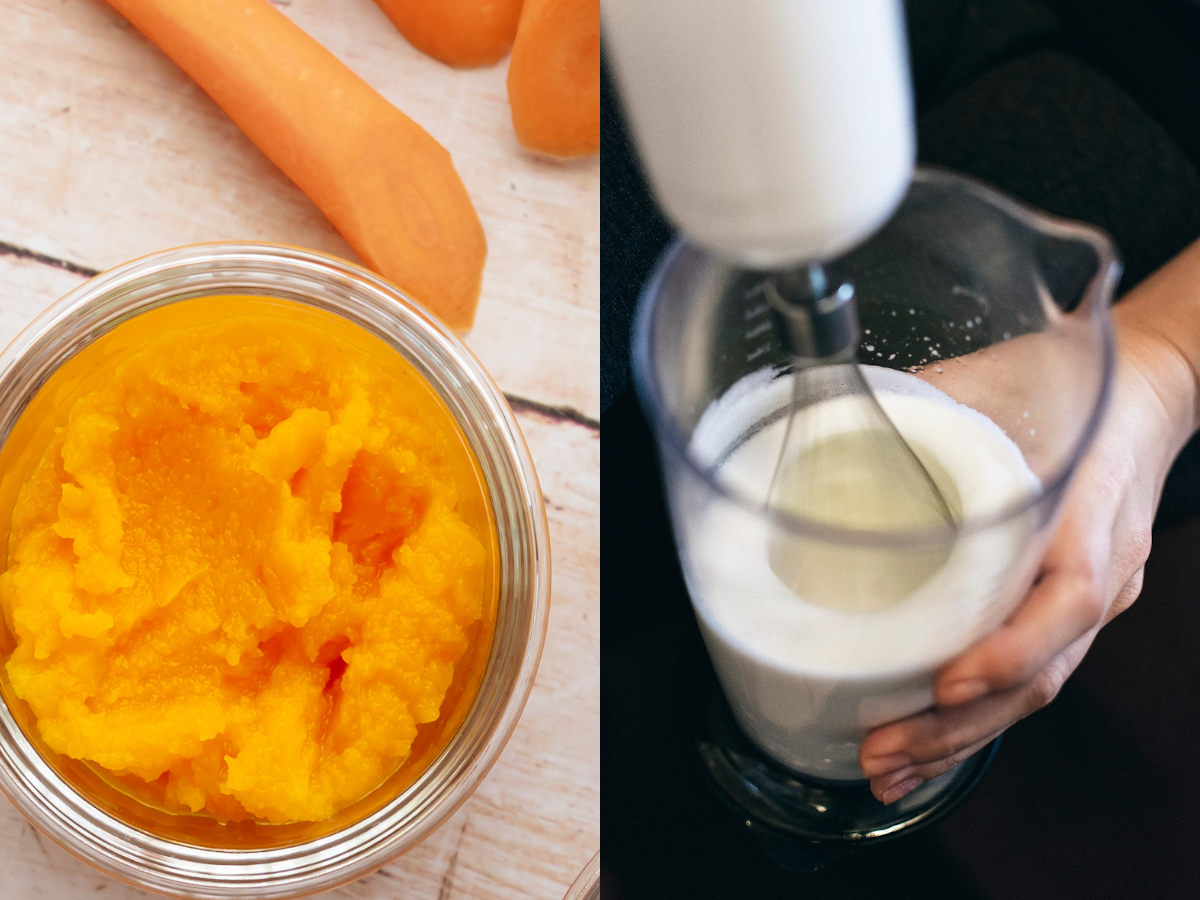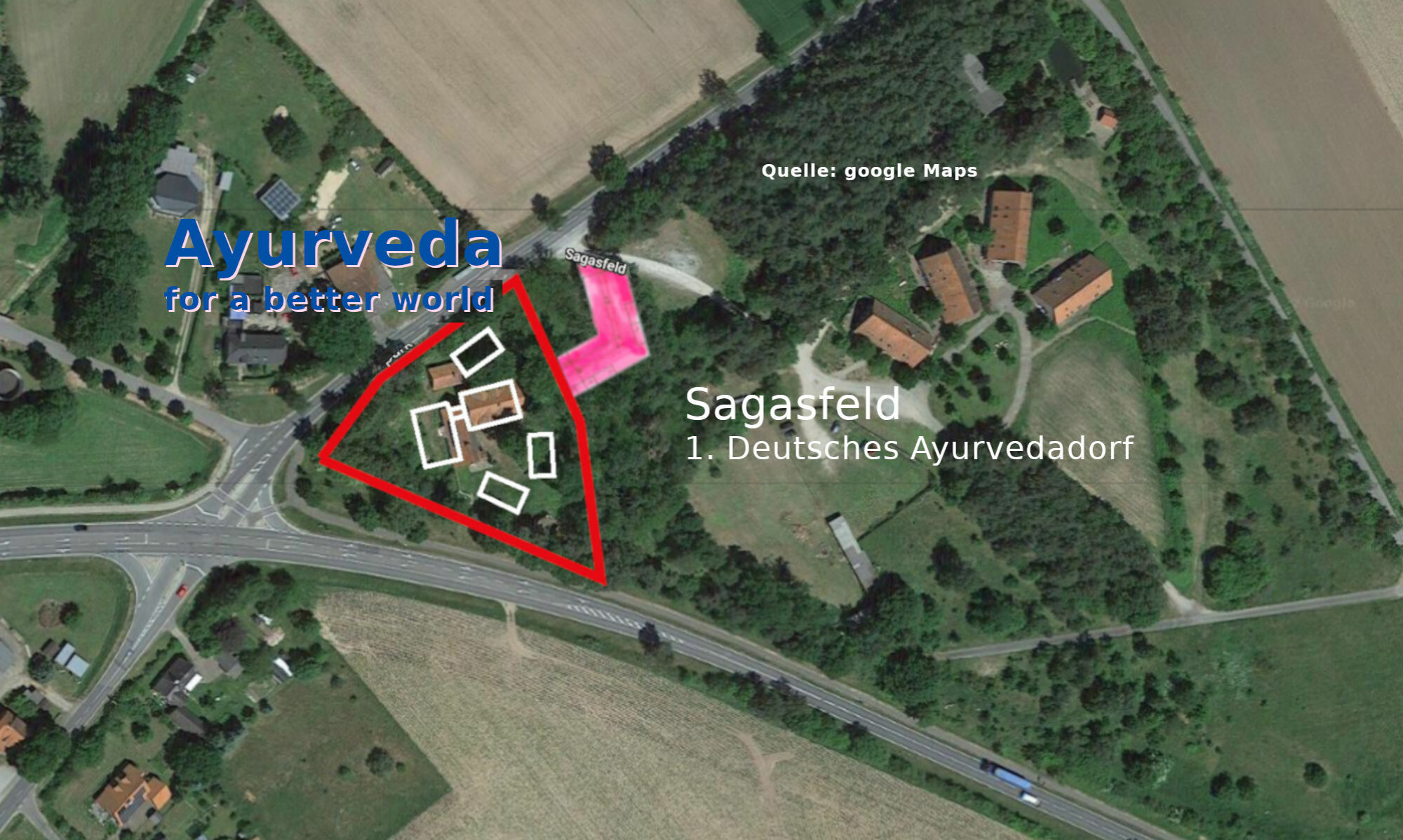Receipt 21

Spelt semolina halwah with carrot-ginger cream
For 2 persons
The Indian Halwah (regionally also: Halva, Halwa) has a long tradition as a sweetened dish, so also in Ayurveda. Halva is widely used as a sweet dish, but while in Arabic and Eastern European countries a halva is based on an oil seed, e.g. sesame, the Indian halwah is made from a mush. A cereal semolina or a vegetable mush, e.g., from ginger, carrots or chickpeas, can be used as a base.
You need:
3 tbsp. ghee or clarified butter
3 tbsp. brown cane sugar or coconut blossom sugar
1 pinch of cinnamon
150 g spelt semolina (or durum wheat semolina)
400 ml water
100 ml sweet cream
1 pinch of cardamom
1 pinch of aniseed
1 pinch of ginger powder
¼ small carrot
In the meantime, heat the water. Put ghee or clarified butter in a hot pan. Fry the semolina on the highest heat until it is browned. However, it should not burn. Lower the temperature of the pan a little. Now deglaze the semolina. One by one, add the hot water to the roasted semolina. Everything is mixed well and boiled briefly until the mass attracts. Let the mass cool down well. The semolina should be firm to the touch.
Grate the quarter of a carrot very finely. Squeeze out some of the juice. Whip the cream and finally add the fine grated carrot, the carrot juice and the spices, except for the cinnamon. Mix everything together. Prick the semolina with a small spoon. Alternatively, cut it into bite-sized pieces. Sprinkle some cinnamon over the servings and decorate the halwah with the carrot ginger cream.
Try halwah in different variations as well:
Instead of spelt semolina, you can also use durum wheat semolina. With honey or maple syrup, for example, the sweetness can be influenced very well. Also, the carrot-ginger cream could be made, for example, on the basis of chickpeas or coconut cream. Instead of ginger powder, grated fresh ginger can also be used.

